The Pembroke
- 109 units available
- 1 bed • 2 bed
- Amenities
In unit laundry, Granite counters, Hardwood floors, Dishwasher, Pet friendly, 24hr maintenance + more

Finding affordable housing in Boston feels a bit like winning the lottery. With a median rental price of $2,466 in 2025, the odds are stacked against you. If you’re hoping to be one of those lucky lottery winners, a great place to start is looking at the cheapest Boston neighborhoods.
In this guide, we’ll review the cheapest Boston neighborhoods for renters in 2025 and break down each area so you can make an informed decision.
Boston remains one of the priciest rental markets in the U.S. As of July 2025, the citywide median rent is $2,466, with a 1.9% increase year-over-year. Median rents represent the middle value of all rents, meaning that half of the units will cost more, while the other half will cost less.
Affordability is a growing concern for renters. Rents continue to rise and more tenants are being priced out of central areas.
Current citywide median rents by bedroom size
| Unit Size | Median Rent | YoY % Change |
|---|---|---|
| Studio | $2,307 | +2.0% |
| 1-Bedroom | $2,371 | +1.8% |
| 2-Bedroom | $2,497 | +2.1% |
| 3-Bedroom | $3,105 | +1.6% |
Source: Apartment List, July 2025 National Rent Report
Two bedrooms in Boston are particularly in demand. From small families to roommates duos, they’re a hot commodity that drives rent prices and keeps vacancy rates low.
When it comes to affordability, you may wonder what you’re sacrificing (or have to put up with) in order to get such a good deal.
Here are a few factors that make some Boston neighborhoods more affordable:
Below is an easy-to-scan list of the most affordable neighborhoods in Boston. The table provides a general overview of the city sections that may be within your budget.
| Neighborhood | Average Rent | % Below Citywide Median |
|---|---|---|
| Southern Mattapan | $1,791 | 24% cheaper |
| Franklin Field North | $1,830 | 23% cheaper |
| Franklin Field South | $1,867 | 21% cheaper |
| West Street - River Street | $1,930 | 19% cheaper |
| Codman Square - East Codman Hill | $1,965 | 17% cheaper |
| St. Marks | $2,001 | 16% cheaper |
| Uphams Corner - Jones Hill | $2,005 | 15% cheaper |
| Columbia Point | $2,017 | 15% cheaper |
| Bowdoin North - North Bowdoin | $2,013 | 15% cheaper |
| Meeting House Hill | $2,035 | 14% cheaper |
Data from Apartment List July 2025
If you’re looking for the best rent in Boston, head to Southern Mattapan. The neighborhood offers renters some of the lowest rents within city limits. While there are many wonderful aspects of the neighborhood, it is worth noting that the area has higher crime rates compared to other parts of the city. According to crime statistics, residents have a 1 in 30 chance of becoming a victim of a crime.
That said, residents of the area find a lot to love. Housing options include older homes with plenty of space for growing families or roommate groups. Streets are quieter and there are green spaces nearby. Commuting may feel
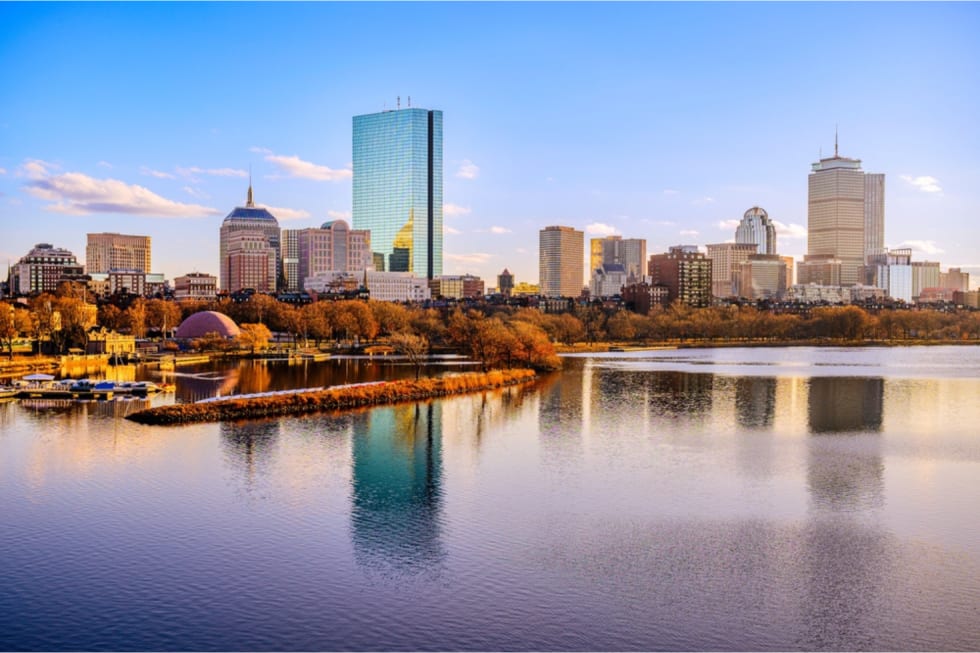
Franklin Field North has some of Boston’s lowest median rents, which is a huge draw for many renters. The neighborhood has a few downsides, such as limited transit options with bus routes servicing the area, but the nearby Franklin Park balances that out for many tenants.
With close proximity to a park, there’s a bigger lure for those who enjoy recreational activities and nature. Franklin Field North housing options typically include older apartments and homes, which is a main driver of lower rents.
While nightlife is minimal, the area boasts a friendly community feel, accessible amenities, and relatively stable prices. It’s best suited for renters who prioritize space, affordability, and a quieter lifestyle within reach of Boston’s job centers.
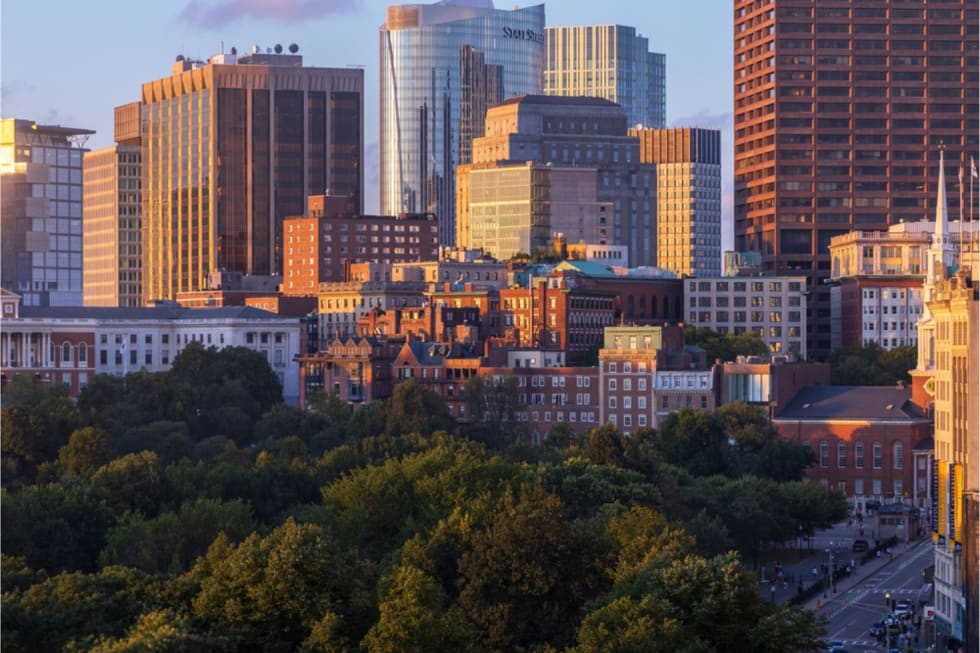
Franklin Field South borders its northern counterpart, but it is slightly newer in terms of construction and community feel. While affordability remains a major draw, the area also benefits from growing community initiatives and increased access to green spaces. It’s home to several family-focused programs and athletic fields, including Harambee Park. The area is predominantly residential, with wide streets and small-scale apartment complexes. With public transit limited to buses and no direct T access, commuting takes effort — but the tradeoff is one of the lowest average rents in Boston. Renters often find units in functional but older buildings, including walk-up complexes or low-rise multifamily housing. If budget is your top concern and you’re comfortable with a longer commute, Franklin Field South may be a solid fit.
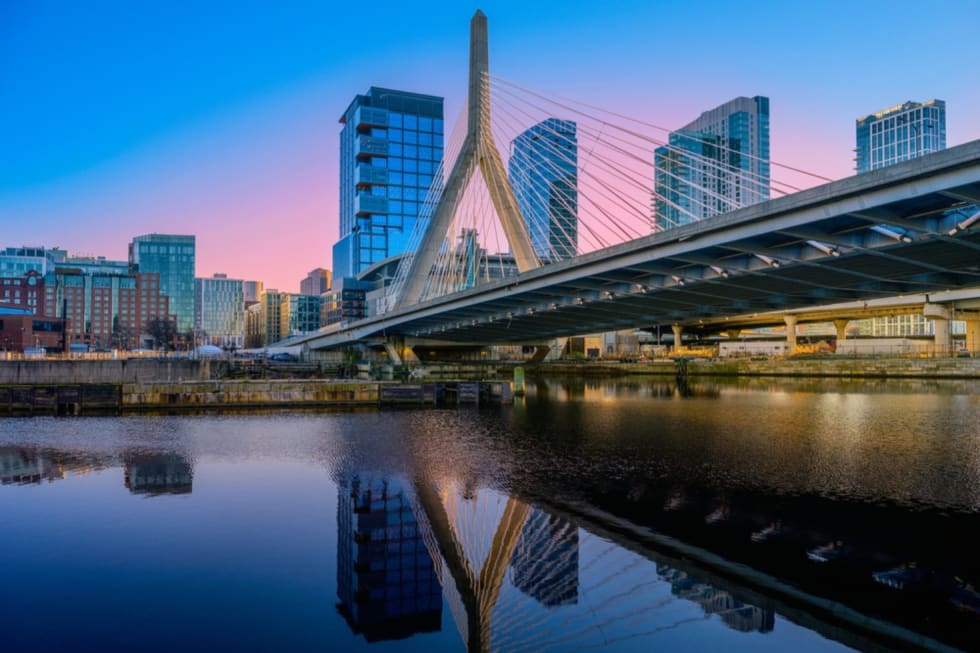
West Street – River Street is situated at the southern edge of Boston, near the Hyde Park line, and offers a quieter, more suburban vibe compared to most city neighborhoods. It appeals especially to families and long-term renters who want space and calm without having to leave the city entirely.
Renters will find a mix of duplexes, older apartment units, and single-family homes. West Street - River Street is not the place for those seeking bumping nightlife or anyone without a car, but the Fairmount commuter rail line and bus routes connect residents to central Boston.
Average rents are significantly below the citywide median, making this a good choice for those seeking affordability and ample square footage. For renters who prefer front lawns to high-rises and are okay with a slower pace, this neighborhood delivers a lot of value.
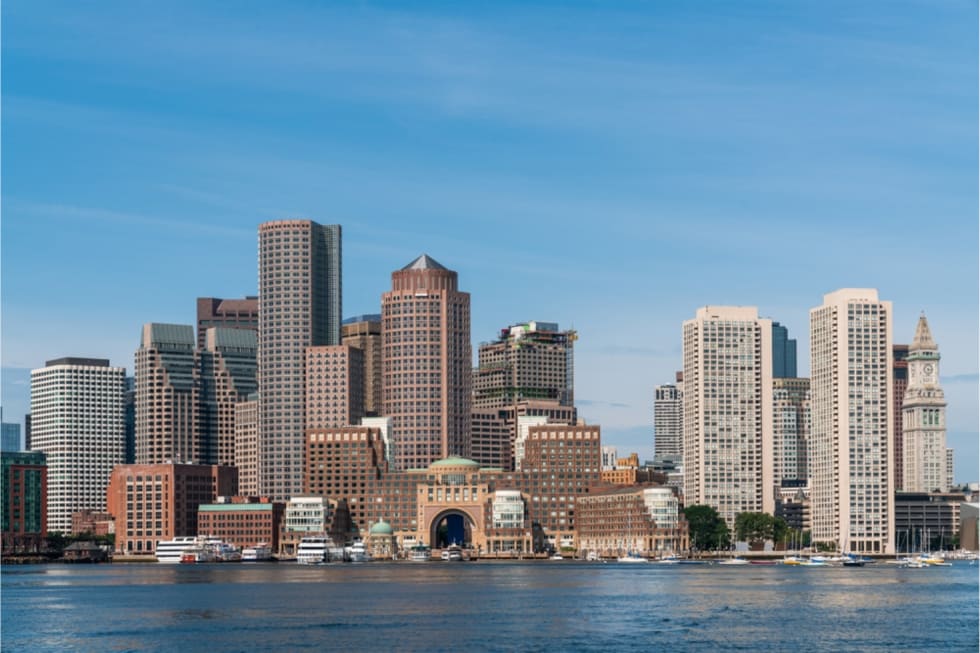
Centered around a historic civic hub, Codman Square – East Codman Hill blends affordability with access to local culture. Rents are well below the Boston average, thanks in part to the prevalence of older housing and limited gentrification.
That said, the area is full of energy — from bustling family-owned restaurants to community-run health and art centers. While walkability is moderate, Ashmont Station, located on the Red Line, is close enough for most residents to access. Housing types vary, but many units are found in classic Dorchester triple-deckers.
Renters who appreciate a strong sense of neighborhood identity, well-maintained civic infrastructure, and slightly shorter commutes compared to outer neighborhoods will find this area both accessible and budget-friendly. Just be prepared for varying property conditions and a bit of urban grit.

St. Marks offers the quintessential Dorchester experience: a dense neighborhood rich with character, diversity, and local flavor. Average rents hover just below citywide figures, making it a great find for renters who want access to transit and amenities without breaking the bank. Red Line access via Ashmont makes commuting easy, and the nearby commercial strips offer a range of food, shopping, and services within walking distance.
Many rental units are housed in older buildings, typically triple-deckers, which are in a variety of conditions. The traditional housing offers heaps of space compared to other rental units in the city and is appealing ot families, longtime Bostonians, and young professionals.
With prices rising slowly, it’s one of the more balanced areas in Boston for affordability and accessibility in 2025.
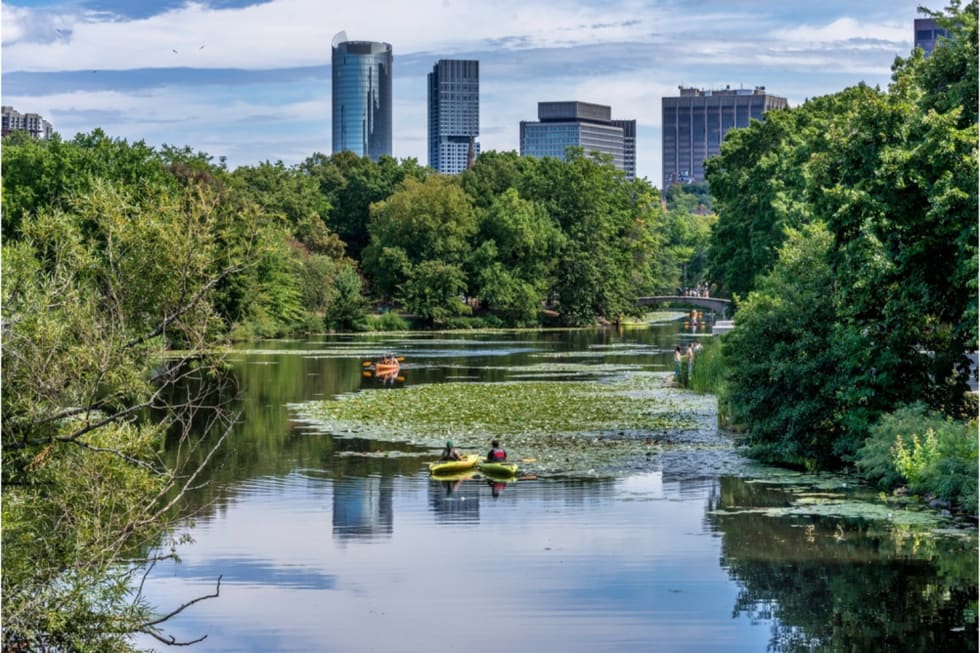
Uphams Corner – Jones Hill offers a bit of that “Boston charm” with modern creativity. Located in Dorchester, the area’s rich history is reflected in its Victorian architecture, community arts venues, and local businesses. Although rents have increased slightly, they remain well below citywide averages.
The commuter rail and bus connections make it more accessible than some other affordable neighborhoods, though it lacks a rapid subway stop. Jones Hill in particular boasts scenic city views and stately homes, while Uphams Corner continues to receive targeted redevelopment investments. Renters who value culture, walkable amenities, and character-filled buildings will find this neighborhood a strong contender—especially as surrounding areas gentrify more quickly.
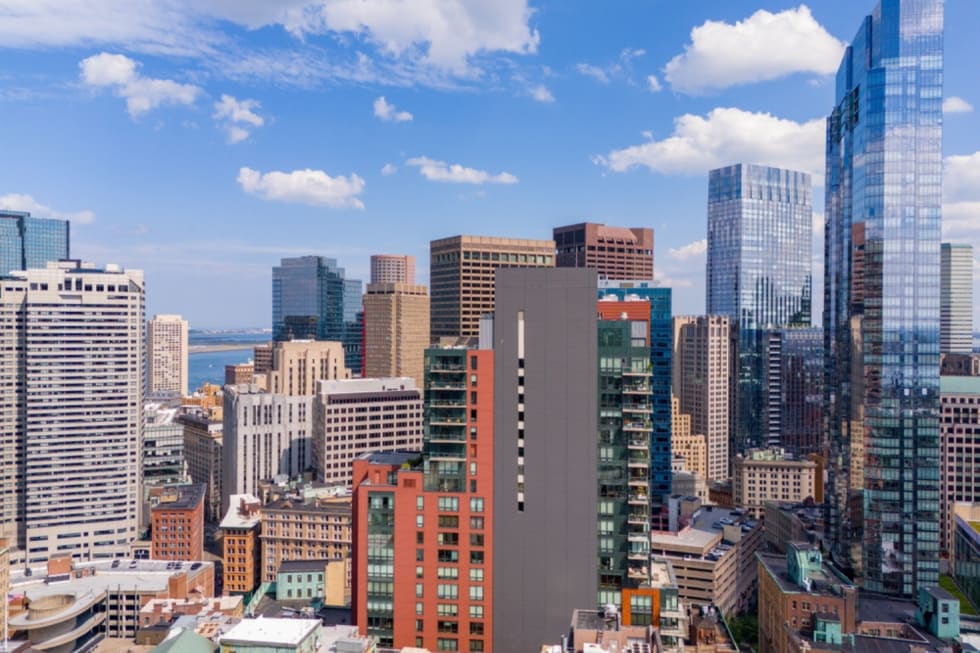
Average Rents: Studios, $1,870 | One-bedroom apartment $2,017 | Two-bedroom apartment $2,155
YoY Trend: +2.1% over the last year
Neighborhood Vibe: Academic and waterfront-adjacent, with lots of student activity
Transit & Commute: JFK/UMass Red Line stop; ~20–25 minutes to downtown \
Why It’s Cheaper: High student density, limited nightlife, some large housing complexes
Local Perks: Harborwalk, UMass Boston campus, JFK Library
Typical Listing: 2-bed in a midrise or student-style building for $2,250
Columbia Point, a neighborhood perched along Boston’s waterfront, provides quick access to the Red Line and is home to many of the city’s students, with the presence of UMass Boston. Renters can find average rents below the city median, in part due to the student-heavy population and also because of the presence of housing developments in the area.
Like many other affordable neighborhoods in Boston, this area is not a hub for nightlife; however, it offers great green spaces and scenic views. The neighborhood feels transitional, with modern apartment complexes alongside institutional buildings. For those who want water views and a short commute to downtown—and don’t mind a quiet, campus-like feel—Columbia Point presents solid value.
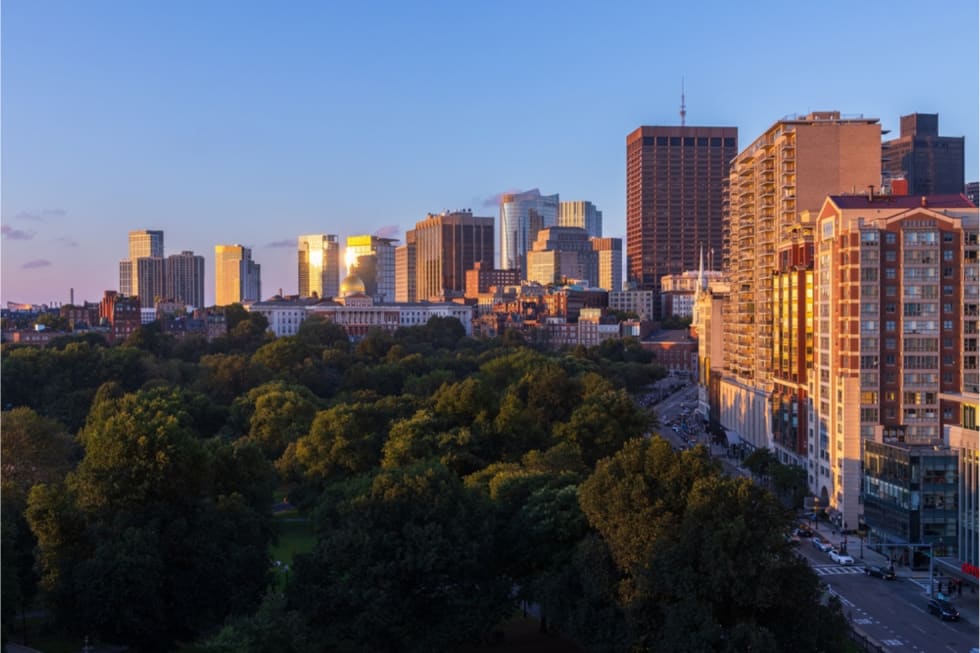
Meeting House Hill combines affordability with architectural charm. Perched just above Fields Corner, the area boasts quieter streets and historic homes with a classic Boston charm.
While prices in the neighborhood have edged up slightly, they remain well below Boston’s citywide average, making it an attractive choice for renters who want space, style, and access to walkable local businesses. Transit options are solid, with easy bus access and proximity to the Red Line. While it’s not known for nightlife or entertainment, Meeting House Hill offers a relaxed pace, neighborhood pride, and great green space via Ronan Park. Renters seeking a quieter life near—but not in the thick of it —this area delivers value.
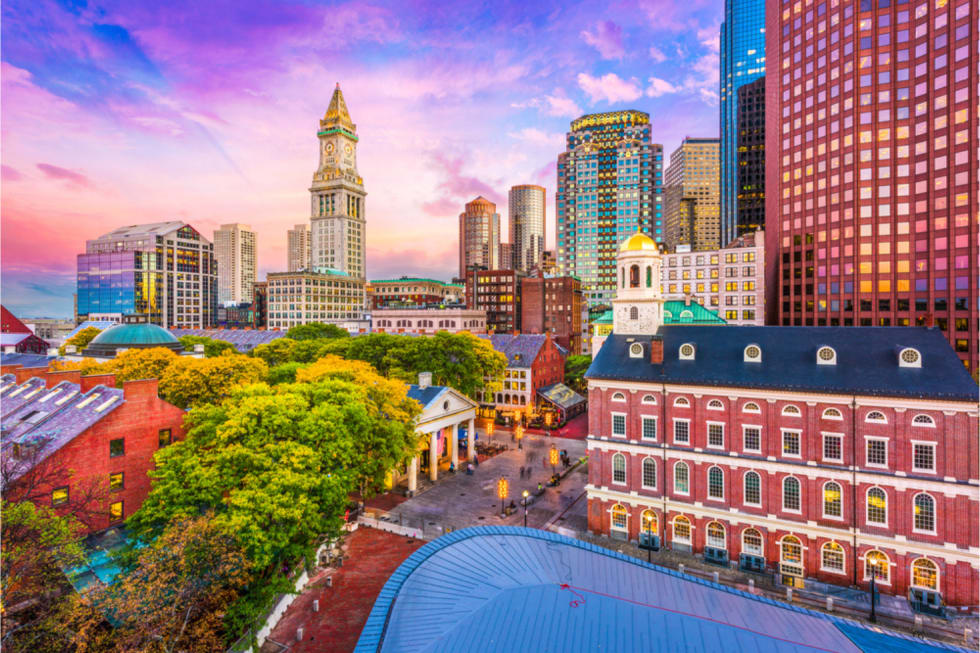
Sav-Mor, short for “Savin Hill–Morrissey,” is a lesser-known pocket that’s steadily gaining attention. Blending elements of Dorchester and South Boston, it offers a strategic location for commuters and renters priced out of neighboring hotspots. Despite proximity to transit and waterfront paths, Sav-Mor remains relatively affordable due to its transitional feel and lack of a unified neighborhood identity. The housing mix is diverse, comprising older multifamily homes, new townhomes, and modest condominium buildings. Renters here enjoy quick Red Line access, access to Savin Hill Park, and an improving slate of cafes and small businesses. It’s a good pick for renters who want to get ahead of the curve—close to amenities, yet still priced for value.

Bowdoin North – Mount Bowdoin is one of Boston’s more hidden residential neighborhoods, tucked into Dorchester’s hills. With homes perched along steep streets and older housing stock throughout, the area hasn’t experienced the rapid gentrification seen elsewhere. Rents remain moderate, though they’ve increased slightly due to citywide trends. There’s a strong local community here, and while nightlife is minimal, the area offers good bang for your buck. Transit options are decent—though not lightning-fast—making this a suitable spot for renters seeking more space, better pricing, and some breathing room away from denser hubs.
Here are three actionable steps for renters hoping to find budget-friendly apartments in Boston in 2025:
With search tools like Apartment List, you can set filters to find affordable housing in Boston. First, set the max rent to reflect your budget. Filter by the number of bedrooms needed, and you can use neighborhood filters if you know which area you’d like to live in.
Other tools, such as the price-drop alert, can send you an email or app notification when rent prices drop.
Real penny pinchers know that you can find the best rent discounts during the winter months. Most renters aren’t moving in during this time, which means you may be able to score a deal or negotiate fees with landlords. For these discounts, shop around from November to February. Historical rent data show that rents are approximately 3% lower in winter compared to summer peaks.
We recommend submitting applications 45 to 60 days before your desired move-in date for the best results.
You’ll need to pay for more than just rent. In Boston, renters often have to pay extra fees such as:
Renting in Boston doesn’t have to break the bank. These 11 neighborhoods prove it. Whether you’re looking for value, convenience, or a mix of both, there’s an affordable option that fits your needs. Want help narrowing it down? Take our personalized quiz to get matched with apartments that align with your budget and lifestyle.
Meeting House Hill is known for its relatively low crime rates compared to other affordable neighborhoods in Boston. It offers a quiet, residential atmosphere with rents well below the city median, making it a solid choice for safety-minded renters looking to balance cost and peace of mind.
You should follow the 30% rule to calculate how much income you need for a 1-bedroom in Southern Mattapan. Average 1-bedroom rent is $1,791, so you would need to make around $6,000/month (pre-tax income).
The cost of living in Boston isn’t cheap, so following budgeting rules like the 30% rule can help you afford life in Beantown.
Yes, in cheaper Boston neighborhoods there may be lower demand, which allows you to negotiate fees, especially during winter months or when signing a longer lease.
Several neighborhoods have planned residential or mixed-use projects which could eventually raise rents. These include Codman Square - East Codman Hill and Uphams Corner - Jones Hill.
No, Massachusetts ended all statewide rent control in 1994. Current units are market-rate, but some income-restricted housing lotteries exist for Bostonians.

In unit laundry, Granite counters, Hardwood floors, Dishwasher, Pet friendly, 24hr maintenance + more
In unit laundry, Patio / balcony, Granite counters, Pet friendly, Stainless steel, Walk in closets + more